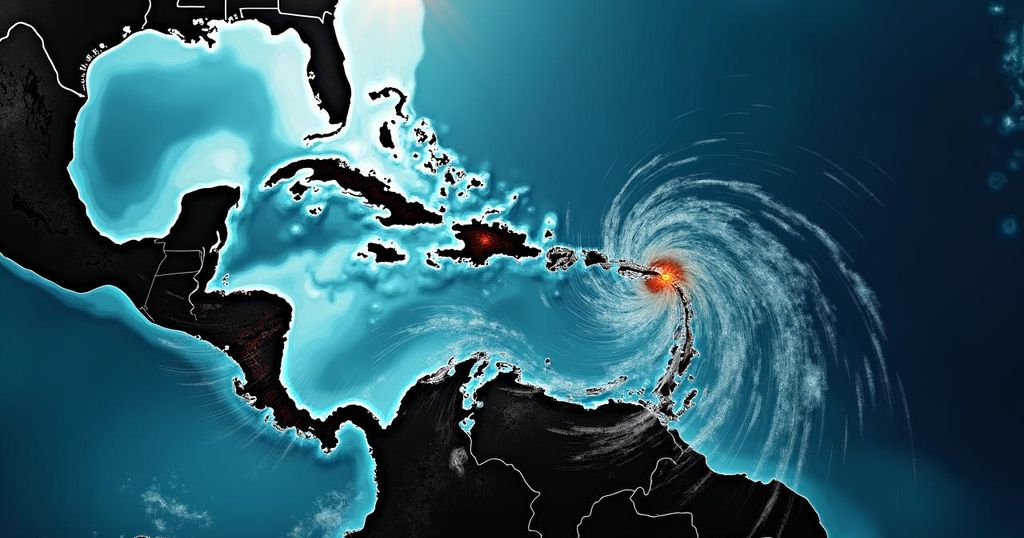Tropical Weather Update: Monitoring Key Meteorological Systems in the Atlantic and Caribbean

Meteorologists are monitoring a low-pressure system in the Caribbean, which may develop into a tropical depression or storm as it moves into the Gulf of Mexico. Other systems of interest include Tropical Storm Joyce, which is weakening, Tropical Storm Isaac, and a new tropical depression, TWELVE, expected to strengthen into a hurricane.
Meteorological experts are currently monitoring an area of low pressure forming in the western Caribbean, which has the potential to produce clusters of tropical downpours in the forthcoming days. This system is anticipated to progress into the Gulf of Mexico, where it faces a substantial probability of evolving into either a tropical depression or tropical storm. The conditions within the Gulf are generally favorable for such development due to the presence of exceptionally warm waters and minimal wind shear, which will be crucial considerations as meteorologists continue to observe this evolving situation closely. Furthermore, another area of interest, which is likely to follow a trajectory similar to that of Tropical Storm Joyce, is currently situated in the central Atlantic Ocean. This disturbance boasts a high probability of developing into Tropical Storm Kirk, the next designated name on the list. Meanwhile, Tropical Storm Joyce is undergoing a weakening process as it shifts northward in the central Atlantic but is not expected to pose any threats to land masses. Hurricane Isaac has also diminished in intensity, now classified as a tropical storm, with forecasts suggesting it may further weaken into a depression within one to two days. Its current path indicates a slight bend to the east, remaining clear of any land areas. In addition, a newly formed tropical depression, termed TWELVE, has emerged approximately 585 miles west-southwest of the Cabo Verde Islands. This system is predicted to strengthen over the next several days, potentially reaching hurricane status by mid-week. Present models indicate that this system will curve northward, avoiding any interactions with land.
The Atlantic hurricane season typically experiences fluctuations in storm activity throughout its months, often with formations of tropical storms and depressions in various oceanic regions like the Caribbean and the Atlantic Ocean. Meteorologists continually analyze these developing systems to provide timely forecasts and updates to ensure preparedness, especially for coastal populations who may be affected by resultant weather patterns. Understanding the dynamics of warm waters and wind shear is integral to predicting the potential intensification of storm systems.
In summary, meteorological agencies are closely following several active tropical systems, particularly the developing low-pressure system in the western Caribbean and the tropical depression in the eastern Atlantic. Both systems display characteristics that warrant attention as they may significantly affect maritime and land areas in the upcoming days. Continued vigilance is necessary as these weather patterns evolve and are monitored closely by meteorological professionals.
Original Source: www.wptv.com







